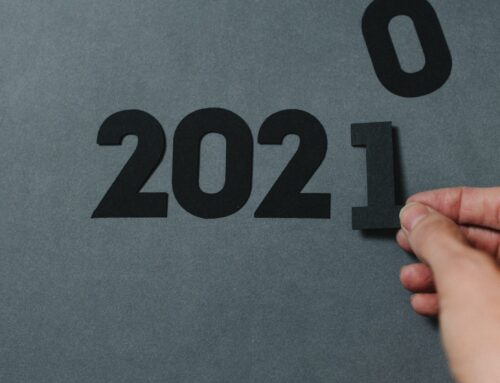Happy 2015! New Year resolutions are a rite of passage this time of year, and in our fast-paced, technology-focused lives there’s always “more” to do. But more doesn’t always equal better, especially when it comes to continuing education professionals. With all of the responsibilities a CE department has, it’s important that resolutions are strategic and prioritized to support the organization’s long term goals. When speaking with InReach clients and many pros devoted to professional development in different industries, we’ve uncovered a few consistent themes we’d like to share. And, they may become your New Year resolutions!
Content delivery: Are your members demanding more education in more convenient formats? Is your leadership wanting you to innovate your education program? There’s strategic benefits to providing the same content in multiple delivery types like on-demand, webinars, live webcasts or podcasts. It allows your learners to control how they consume the content, which creates a more loyal, satisfied member. And satisfied members are more likely to recommend you to their peers. The best part is you can leverage existing content and re-format it so you’re meeting member needs without reinventing the wheel. When planning your annual conference, consider webcasting it for those that can’t attend in-person. Also consider recording your conference and reusing key educational pieces later. Stuck in a rut with your webinars? Think about repurposing the audio into a podcast and having the slides as downloadable materials. There’s so many ways you can diversify your current education offerings, meet the demands of your members, and potentially generate additional revenue without a lot of additional “busy work”.
Mobile strategy: Has mobile education been on your radar, but you’re struggling with what to do next? You’re not alone, according to the Tagoras Association Learning + Technology 2014 report over a third (36.8 percent) said they provide a mobile version for at least some of their learning content, and another 28.3 percent said that, while they didn’t yet offer any mobile learning content, they have plans to start in the next year. Here are some key considerations as you prepare to expand into mobile learning:
- Know your members and their preferences. Survey them to find out how, or if, they are currently accessing CE content on handheld devices. Ask for specifics since that will better help inform your choices. Find out if your members are buying CE content on handheld devices or just viewing it. Also, what types of devices are they using—mobile phones, tablets, or just reading material on their Kindles or e-readers?
- Be strategic. The Tagoras mobile white paper gives you a number of tips on this, so we will limit ourselves to two. Look at your budget and other internal priorities, and align your move into the m-learning space accordingly. The transition to m-learning can be gradual and ultimately should reflect how your members plan to use the technology, and should fit into your overall plan to optimize your online CE program.
- Consult your partner. Your CE platform provider can help you map out your mobile learning strategy. They should be able to provide statistics on what your members are currently doing—for instance they could tell you what percentage of learners are accessing your CE content on a handheld device—and provide a roadmap to further enhance your program.
Internal collaboration: Many organizations we speak to struggle with removing internal organizational silos. It’s worth the effort since there’s magic in the air when the membership, marketing and education departments collaborate. Are your membership and marketing director aware of the valuable content your team is creating on a regular basis? Are you exploring opportunities to bundle membership offers with continuing education? As you develop your education program in 2015, challenge yourself to break out of your silo and work with your membership and marketing teams to create a win/win for each of your departments, and the organizations as a whole!
Partnerships: Not only is internal collaboration important, but developing key partnerships outside of your organization are just as beneficial. Are there other organizations, professional speakers, technology vendors that could help increase your visibility with your target audience? Or are there other organizations that are building content that would be valuable to your organization that you could resell to your learners? Open up a dialogue and see if a partnership would be mutually beneficial. A great example I’ve seen recently is between two InReach clients: Georgetown Law CLE and The State Bar of California. These two organizations partnered to have additional CLE content to offer in advance of California’s February 2nd compliance deadline. They are able to do this by utilizing the unique InReach Sharing Network to share content with each other.
Let 2015 be the year that you suppress the desire to do “more” and instead replace it with strategic initiatives that will move your organization forward. In turn, you will provide your learners more value and more flexibility to consume content on their terms and create a true win/win situation.






